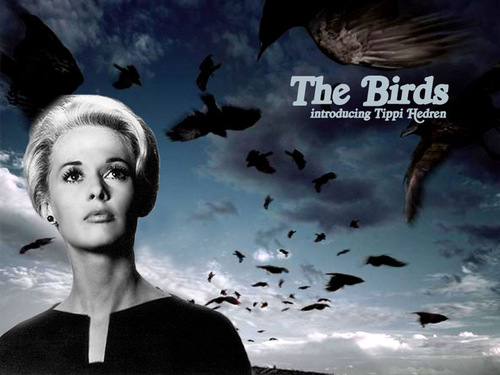As Media Studies-Sound Exercise Evaluation
There are different types of sound that can be added to films. These can be either diegetic or non-diegetic, on-screen or off-screen and parallel or contrapuntal sounds.
Diegetic-Sounds that can be heard by the characters, for example, dialogue, sound effects, music, radio.
Non-diegetic-Sounds that the character cannot hear for example, soundtrack, captions, titles,subtitles
On-screen- The source of the sound can be seen on the screen.
Off-screen- The source of the sound cannot be seen on the screen.
Parallel- When the sound matches the action.
Contrapuntal- When the sound does not match the action.
Sound Bridge- This helps to create a smooth transition between one scene to another.
Getting the sound for our film was a hard task. The microphone was not wireless so was hard to get close to the source of the sound without it being seen in the shot. We had to be really quiet whilst capturing our sound as other sounds could be captured that were closer to the microphone. This was also hard and some shots had to be re-done as some sounds interfered with others.
Our sequence was meant to be very dramatic. It starts of with a phone ringing. This was hard to capture as the microphone had to be placed very close to the phone for the sound to be picked up. The lighting in this shot was also very dull so was hard to fit in with our other shots because of the sudden light change.
Some of our choices were successful and others were not as the sound in some shots didn't turn out exactly the way we wanted it to. During editing we also had to make a lot of changes and cut out some of the scenes.
We did capture our sound effectively and managed to keep the microphone out of the shot. Our sound equipment was used effectively but at times we forgot to turn it of whilst we were not using it causing the battery to drain faster, however we managed to get the shots we needed without draining the battery. If we done this exercise again we would have to remember to turn it off during filming.
Non-Digetic sounds are usefull as they can be added after the film has been made. Digetic sounds are harder to capure during filming. They take longer to film as it is harder to get one specific sound if other sounds are interfering.









